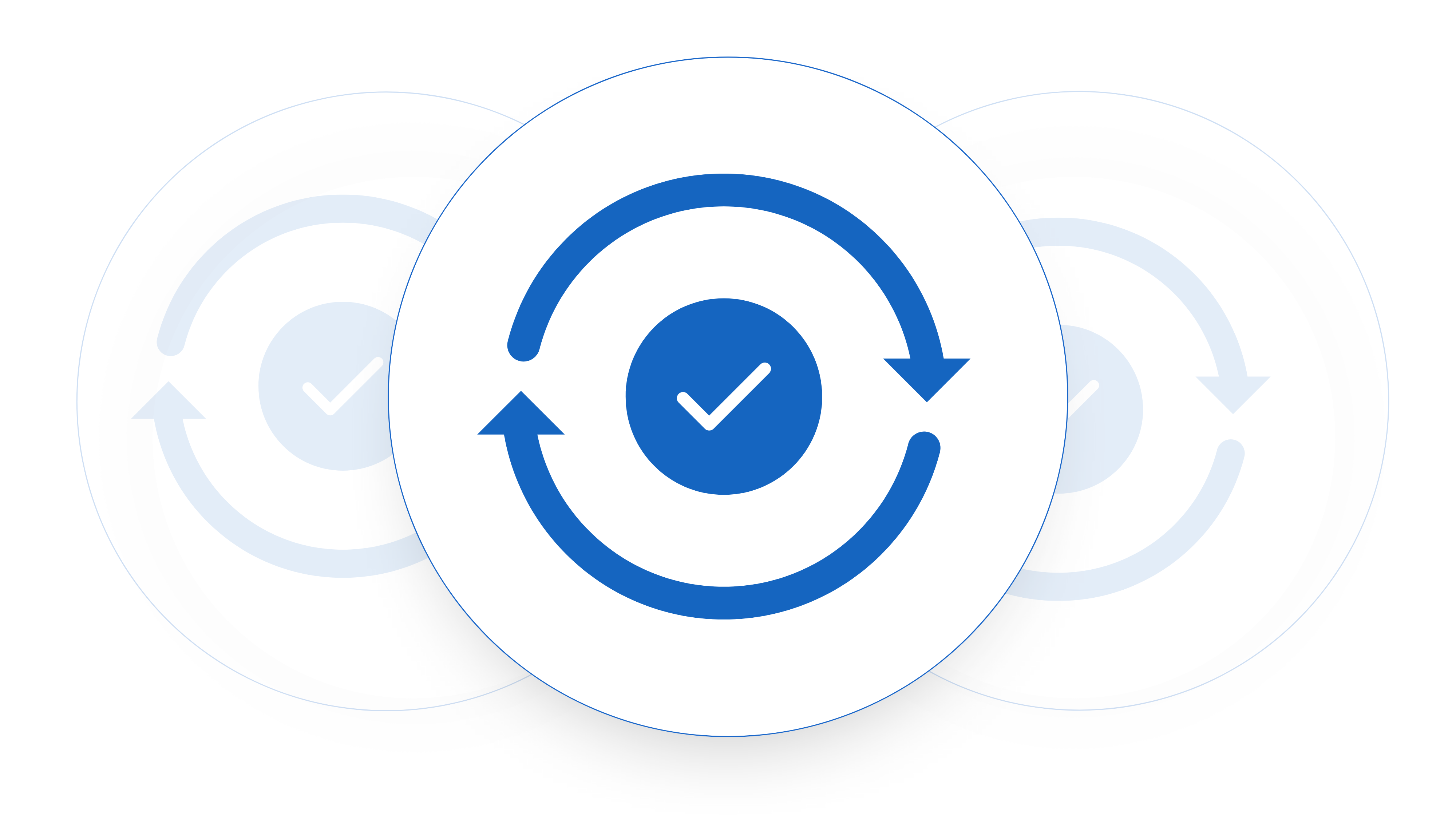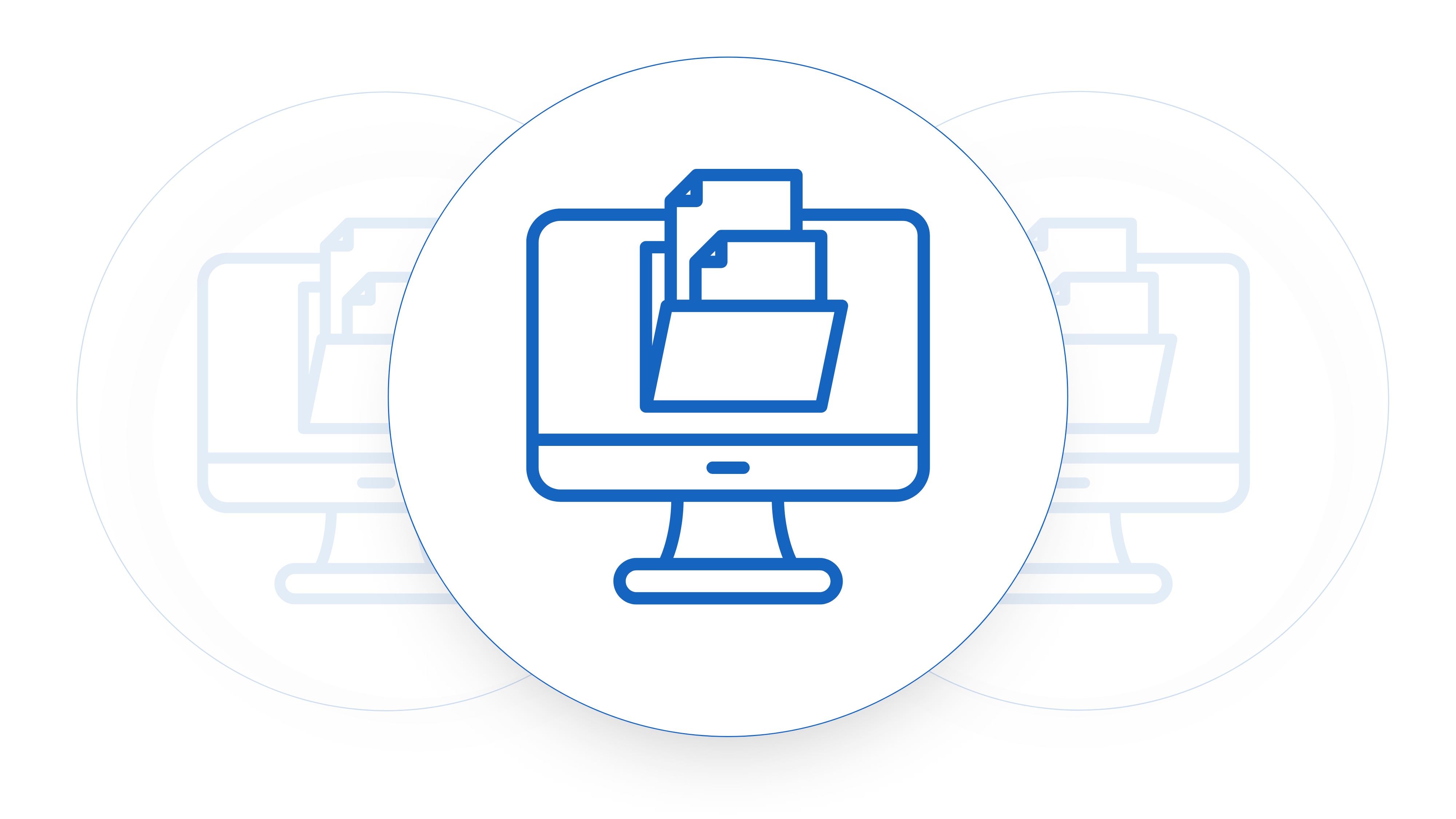One of the most important factors for sales success is to have a clear set of rules and philosophies that your salespeople can follow. The team must understand how to work in order to gain clients and close agreements, as well as how to perform in the hundreds of possible scenarios and situations. This means you need a sales methodology. Let’s have a look at what sales methodologies are work through the top eight sales methodologies for your startup.
What is a Sales Methodology?
A sales methodology is a set of principles for selling items or services to clients. It is a sales philosophy that is often based on a particular belief about client psychology. At its core, each sales methodology is designed to help salespeople to perform at their best by using tried-and-true ways to identifying and solving problems.
“There is no right or wrong methodology. The most appropriate methodology for you will be determined by your market and business.”
In order for a methodology to be effective, it must be fully applied throughout the sales organization, from the business development reps to the software sales account executives. For example, one part of a sales technique can assist you in turning more visits into sales by giving practical methods and responses to common objections.
The 8 Most Popular Software Selling Methodologies
There are many different sales methodologies, and we list the best sales models in this section. If you looking for tips on how to implement training on these check our podcast focused on SaaS sales leadership here.
1. Target Account Selling
One of the most widely used methodologies, target account selling is perfect for breaking down large deals into key elements.
Target account selling involves focusing on picking the ideal prospects to sell to in the first place, rather than how the deal is closed with those accounts once the rep contacts them. This method requires a close collaboration between marketing, sales, and customer success. Marketing must focus on research, nurturing efforts, and sales collateral that will help sales professionals to grow the relationship and help across the board for contracting with enterprise customers.
2. Solution Selling
Solution selling focuses on overall problem solution rather than the product itself.
Solution-sellers dive deep into their clients’ unique situations to find their pain spots and establish an agreed-upon set of criteria that define an acceptable resolution. A managed IT company, for example, may develop bespoke cloud service bundles for each customer based on their data requirements, number of devices, and level of assistance required.
3. The Challenger Approach
Challenger reps go deep into the customer’s industry and particular pain points in order to deliver additional insights to the client.
The Challenger sales rep has a unique perspective on the world. In today’s sales environment, prospects know a lot more about a product or service before they talk to a salesperson. That means sales representatives must be prepared to not only handle their prospects’ concerns, but also educate (and even correct preconceived ideas) about the offered products and solutions
4. Value Selling Framework
Rather than selling goods or services, the Value Selling method provides the value or benefit of your product, not the product itself.
The Value Selling Framework methodology helps sales organizations in simplifying the selling process and focusing on actionable sales essentials. The main steps in the Value Selling Framework are:
-
Qualify your prospect.
-
Place your capabilities in the context of client issues.
-
Differentiate.
-
Ask the appropriate question.
-
Establish the value.
Value Selling works well for businesses with complicated B2B sales cycles that compete on value and embrace differentiation to win.
5. Inbound Selling
The inbound sales approach prioritizes clients who are already actively involved by visiting the company’s website, requesting more information through ChatBots, or following the brand on Twitter.
Instead of specifically pushing salesy scripts on their prospects, inbound sellers attract customers by setting up messaging opportunities where customers can openly or meaningfully engage with the seller’s brand or product. In this age of information, buyers are much more aware of their choices and have often done research before they even speak to a salesperson. This move in the prospect-sales dynamic has given rise to the inbound selling methodology.
6. Spin Selling
Even though this methodology is almost 30 years old, it remains effective because it asks thought-provoking, non-pushy questions that tell sales reps exactly what the prospect requires.
SPIN is an old model created by Neil Rackham in 1988, based on the premise that clients buy products to solve specific issues, and the sales agent must diagnose the problem. SPIN is an acronym that stands for four sorts of questions that sellers should ask their prospects:
-
Situation
What is the prospect’s current situation in relation to your solution? Do you have a good understanding of the buyer’s current process and resources?
-
Problem
More precisely, how does that situation produce a pain point? What is the root of this problem?
-
Implication
What are the consequences of this problem? If the situation doesn’t get settled, what will happen for the prospect? What further pain will they have to endure?
-
Need-Payoff
What happens once the issue is resolved? How would that look like? At this point, the prospect should be able to see the value that the product is providing for them.
7. The Sandler Selling System
When done correctly, the buyer feels they are pursuing the deal, resulting in a less pushy, non-salesy transaction.
The Sandler Selling System emphasizes customer qualification and relationship building. The idea is to position the sales representative as a trusted counsellor rather than a pushy salesperson. This method turns sellers into advisers who are as invested as customers in the success of a proposed or purchased solution. This is similar to many of the other software sales methodologies above.
8. MEDDIC
Rather than focusing just on how to sell, it focuses on where sales are most likely to take place.
The MEDDIC sales process is highly controlled, tech-driven, and highly disciplined. MEDDIC stands for:
-
Metrics
What is the measurable impact of the solution?
-
Economic buyer
Who makes the financial decisions?
-
Decision criteria
The criterion used for comparing vendor options.
-
Decision process
How does the business make decisions?
-
Identify pain
What is the main pain point? What is the cost of not coping with it?
-
Champion
Who are the major players in the decision-making process?
Identifying who the main decision makers are in the process can allow you to build relationships with the customers legal and finance teams which will help to speed up the end of your SAAS sales cycle.
How Should You Be Selling?
“If there was one best sales approach, everyone would be using it.”
Too many people select a software sales methodology based on what looks new, compelling, or glamorous. That is the wrong approach. Choose a sales methodology that is too simple for your solution, and you lose deals when your customer expects a bit more help during their purchasing journey. Happy Selling!












